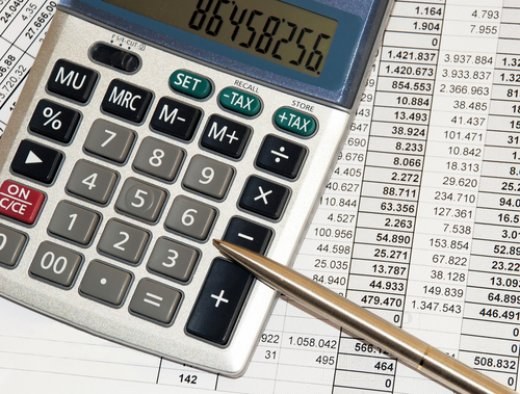How to calculate the elasticity of demand
How to calculate the elasticity of demand
The sensitivity of the market to changes in commodity prices, consumer incomes and other factors of market conditions is reflected in the indicator elasticity, which is characterized by a special ratio. Coefficient elasticity Demand shows how quantitatively the volume has changed Demand when the market factor changes by 1%.

Instructions
1
You should consider that there are several indicators elasticity Demand. Coefficient elasticity Demand At the price reflects the degree of quantitative change Demand With an increase or decrease in prices by 1%. In this case, three variants are distinguished elasticity. Inelastic demand takes place in the case whenThe amount of goods purchased increases at a slower rate than the price decline. The demand is elastic, when a price reduction of 1% leads to an increase Demand more than 1%. If the purchased quantity of goods increases at the same rate as the price falls, then there is a demand for a single elasticity.
2
In the analysis elasticity you can calculate the ratio elasticity Demand On income. It is determined by analogy with the elasticity Demand at a price as a degree of quantitative changeOf consumer income by 1%. Due to the fact that with the increase in income the possibility of acquiring goods increases, this coefficient has a positive tendency. If the coefficient elasticity Demand On income is extremely small, then it is a matter of essential goods; if on the contrary, it is very large - that about luxuries.
3
In addition, there is a cross-ratio elasticity. It characterizes the degree of change Demand for one product when the price of another item is changed by 1%. This indicator can take both positive and negative values. If the coefficient of cross elasticity More than zero, then the products in question areinterchangeable, for example, pasta and potatoes. With an increase in the price of potatoes, the demand for pasta is increasing. If this coefficient takes a negative value, then there are complementary goods, for example, a car and gasoline. With the growth of prices for gasoline, the demand for cars is significantly reduced. If the coefficient elasticity is zero, then the goods are independent of each other, and a change in the price of one commodity does not affect the volume Demand another.







